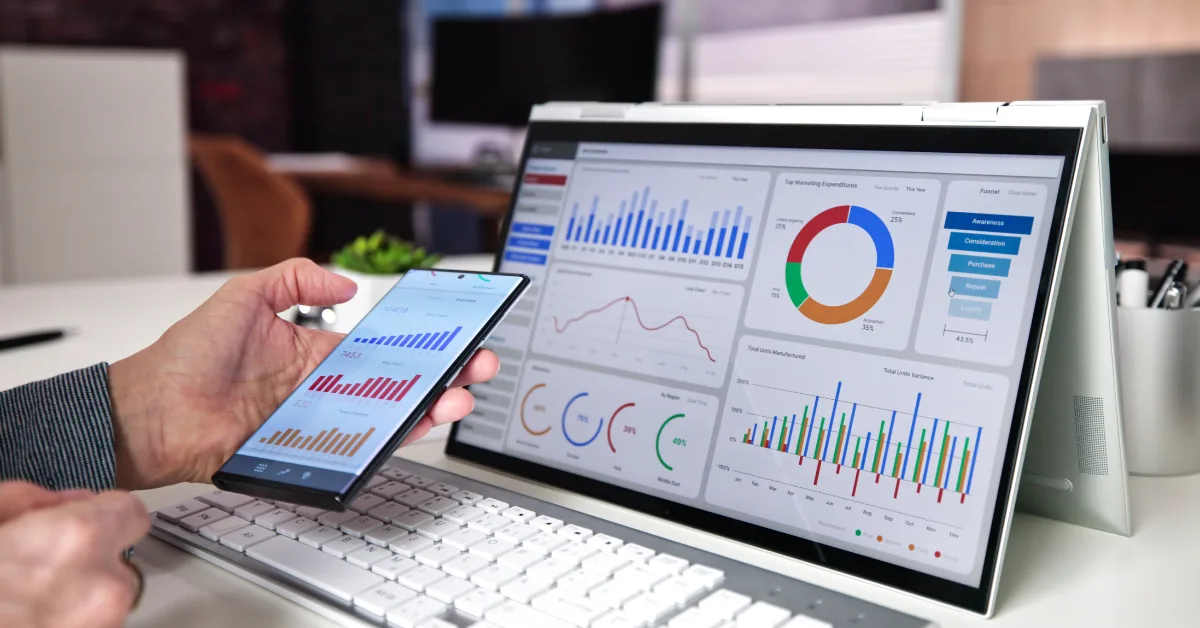According to Gartner, 77% of B2B buyers say their latest purchase was very complex or difficult. That’s not surprising when sales teams are often flying blind, relying on outdated contact lists or cold outreach strategies that no longer work. The real edge in today’s sales environment? Knowing exactly when and why a company might need what you’re selling. That’s where competitive intelligence sales prospecting comes in.At RI Digital Research, we use this approach daily to help our clients reach the right prospects at the right time—with data to back it up.
Why Competitive Intelligence Makes Sales Smarter
Traditional sales prospecting is reactive. You wait for a lead to show interest, fill out a form, or attend a webinar. But what if you could identify sales opportunities before they raise their hand?
That’s the power of competitive intelligence. By monitoring signals like:
- A company adopting your competitor’s software
- Recent funding announcements
- Specific hiring patterns or job postings
- Shifts in their tech stack or digital strategy
…you can pinpoint high-potential prospects who are already in a state of change. Change creates need—and need drives decisions.
How We Do It at RI Digital Research
When we work with clients, we start by mapping out who their best customers are—what they buy, which tools they use, how often they hire for specific roles, and where they’re growing. Then we build a custom watchlist of digital signals that suggest a similar company might also be ready to buy.
Here are a few layers we typically include:
1. Competitor Usage Analysis
We track which companies are adopting (or dropping) competing tools. If someone just onboarded your competitor’s solution, they may need complementary tools—or they might be open to switching if their needs evolve.
2. Tech Stack & Website Technologies
Using digital fingerprints, we monitor tech stack changes. If a company adds Salesforce or HubSpot, they may soon need integrations or data enrichment tools—great news if that’s your product category.
3. Hiring Signals
Job listings are a goldmine. A surge in open roles like “RevOps Manager” or “Data Engineer” can tell us a company is scaling up operations or investing in transformation.
4. Funding Rounds & Growth Events
We also track new funding rounds, mergers, or leadership hires—each one a buying trigger. New capital often leads to system upgrades, team expansions, and vendor evaluations.
Turning Insights into Outreach
All this competitive intelligence only works if it’s turned into action. We help clients translate signals into real conversations by building tailored outreach lists, crafting messaging that connects to recent changes, and prioritizing leads based on intent—not just firmographics.
For example, a client selling a cloud analytics tool landed a key account after we flagged that the company:
- Had recently hired 3 data engineers
- Switched from legacy BI tools to a modern data stack
- Closed a $20M Series B round
That combination of events told us they were ripe for a new analytics platform—and they were. Our client got the first call.
Sales Prospecting That Feels Less Like Guesswork
The beauty of competitive intelligence sales prospecting is that it flips the old model. Instead of chasing leads, you follow signals. Instead of cold outreach, you start with warm context.
At RI Digital Research, we don’t just hand over leads—we deliver the insights behind them, so your sales team walks in with a reason to talk. And in this market, that’s the difference between getting ignored and getting booked.









